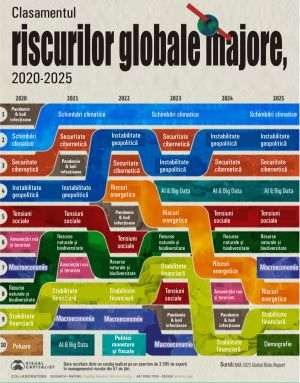There are also great victories in the fight against environmental degradation. The ozone layer, essential for protecting life on Earth from harmful ultraviolet radiation, is in a constant process of regeneration, according to a recent report by the World Meteorological Organization (WMO). Despite challenges such as the devastating volcanic eruption in the South Pacific near Tonga, coordinated international efforts to eliminate ozone-depleting chemicals have shown positive results. The WMO points out that under current conditions, the ozone layer could return to 1980 levels by 2066 over Antarctica, by 2045 over the Arctic and by 2040 in the rest of the world.
• Impact of South Pacific Volcanic Eruption
The 2022 Tonga eruption caused a temporary increase in ozone depletion over Antarctica caused by higher levels of water vapor in the atmosphere. However, the WMO report points out that global ozone losses were limited and the effects of the eruption did not compromise the layer's long-term recovery. The importance of the ozone layer to human health and the environment. The ozone layer plays a crucial role in filtering the Sun's ultraviolet (UV) radiation, which can cause skin cancer, cataracts and other health problems. Excessive UV radiation can also affect marine and terrestrial ecosystems, influencing photosynthesis and food chains.
• The Montreal Protocol - A global success
Success in protecting the ozone layer is linked to the Montreal Protocol, adopted in 1989, which banned the use and production of chlorofluorocarbons (CFCs), highly damaging chemicals to the ozone layer. This international agreement was one of the most successful in the history of global environmental cooperation and is often cited as an example of success in combating environmental problems on a global scale.
UN Secretary-General Antonio Guterres described the Montreal Protocol as "a powerful symbol of hope" in a context where international cooperation has often been put to the test. He pointed out that the phase-out of CFCs has had a significant impact in protecting the ozone layer, but pointed out that challenges remain to be managed, especially in relation to alternative substances.
• Alternative substances: HFCs and the Kigali Amendment
Although CFCs have been phased out, they have largely been replaced by hydrofluorocarbons (HFCs). Although HFCs do not affect the ozone layer, they are gases with a significant greenhouse effect, contributing to global warming. To combat this new danger, the Kigali Amendment was adopted in 2016 as part of the Montreal Protocol, which aims to phase out HFCs. According to estimates, applying this amendment could avoid an increase in global temperature of about 0.5 degrees Celsius by the year 2100.
• China's challenges and production of HFCs
China, the world's largest producer of HFCs, plays a key role in the implementation of the Kigali Amendment. According to the data, China's current production capacity is equivalent to nearly 2 billion tons of carbon dioxide, with about a quarter of this production being exported. China has committed to reducing its consumption of HFCs by 85% by 2045 as part of the global transition to more environmentally friendly substances. However, the Chinese authorities have acknowledged the considerable challenges they face in this process. HFCs are used in a wide range of industries and the transition to alternatives is difficult for many of them. Despite these difficulties, China has already reduced its production quotas and taken firm action against the illegal production of HFCs.
Progress in protecting the ozone layer is a successful example of international environmental cooperation. Despite challenges such as volcanic eruptions or the indirect impact of alternative substances such as HFCs, global commitment remains strong. Continued implementation of the measures provided for in the Montreal Protocol and the Kigali Amendment can ensure not only the full recovery of the ozone layer, but also a significant reduction in global warming, thus helping to protect the environment for future generations.











































